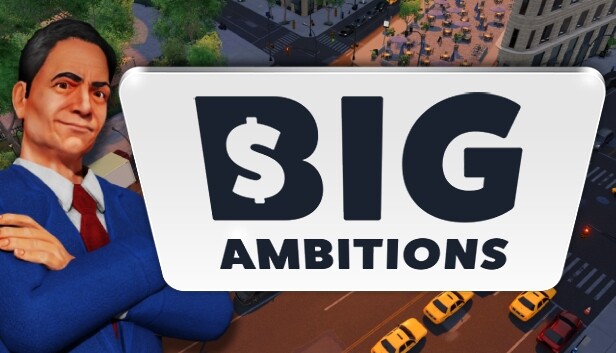Hey kid, your cousin Ted here, Welcome to the wild world of warehouse management! I’m Ted your cousin twice removed, and I’m here to be your trusty guide as you navigate the treacherous waters of organizing boxes, moving pallets, and keeping track of inventory. Don’t worry, I know it sounds about as exciting as watching paint dry, but trust me – with the right mindset (and maybe a few cups of coffee), you can turn warehouse management into an art form. So let’s roll up our sleeves, dive in, and see if we can’t turn your cluttered warehouse into a well-oiled machine
Welcome!
I’m thrilled to have you here. Whether you’re a seasoned warehouse manager or a newbie just starting out, I’m here to help you take your warehouse to the next level. I’ve learned a thing or two about how to make your warehouse work for you – not the other way around.
My goal is to make warehouse management easy, fun, and rewarding. In this guide, you’ll find everything you need to know to streamline your operations, manage your inventory like a pro, and keep your space organized and efficient.
So buckle up, get ready to roll, and let’s dive in. I promise it won’t be boring – and who knows, you might just learn something new. Thanks for joining me on this warehouse adventure!
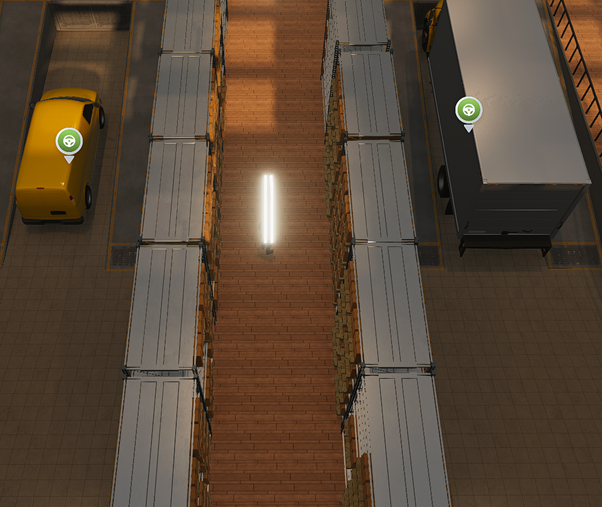
Chapter 1: Mental Logistics
So, here’s the plan: essentially, all your products will be brought to one warehouse, the main warehouse, as you wish. And then, the loyal drivers of this warehouse will spend their day providing for the rest of your warehouses. It’s like a trickle-down effect. Once the designated stores’ warehouses are stocked, we’re ready to manage their daily needs.
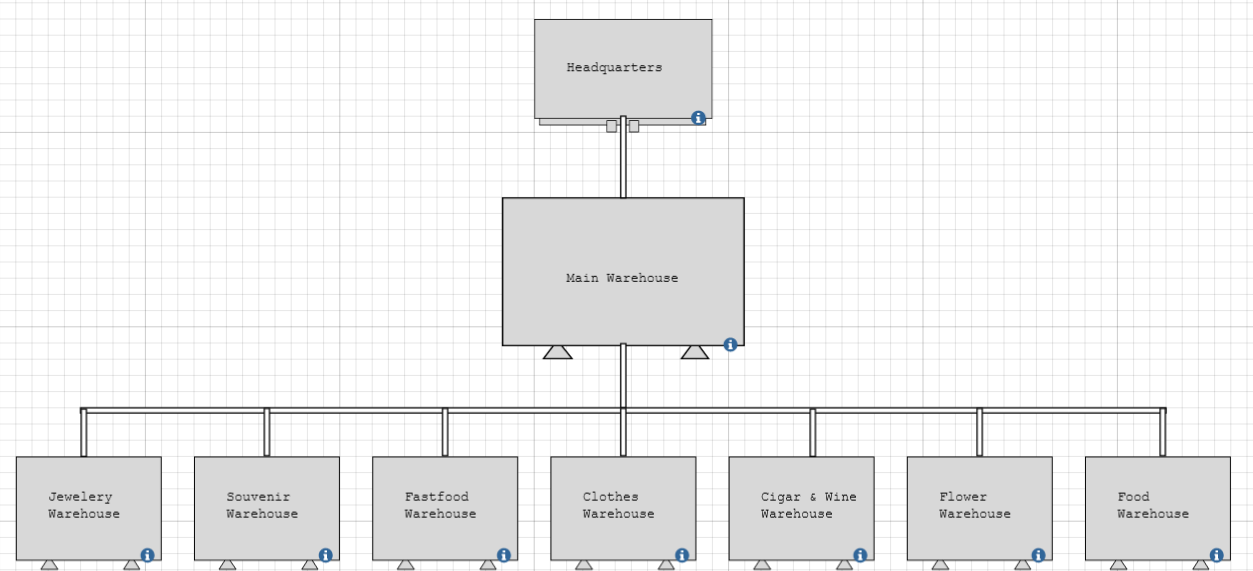
If you follow the lines down, you’ll see that the main warehouse provides for all. But, the million-dollar question is, what load can it handle? We’ll get to that in just a bit, so keep reading, kid!
What the benefit of this way of handling is, is that you only need to hire FOUR purchasing agents, how handy is that?
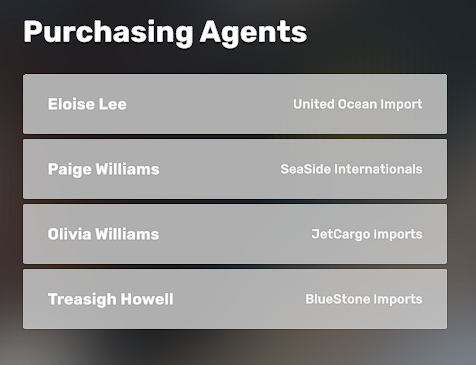
Chapter 2: Warehouses
Big Warehouses:

Now, the storage shelves you will be using are 2×3. Consider the fact that your buildable area is 1292m squared that makes for a simple calculation.
1296 / (2×3)= 215,3.
Rounded down that would be 215, so you are able mathematically to place 215 shelves. Have I tested this? No! Will I? Also no…
Considering the fact that a storage shelf has room for 60 parcels that would come down to: 215*60= 12.900 boxes to be stored.
Small Warehouses:
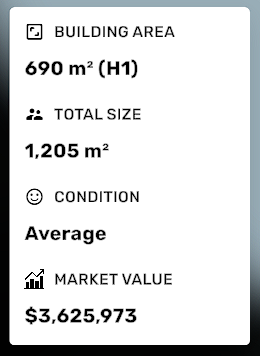
And well, the same goes for the small warehouses:
690 / (2×3)= 155.
Once again, you would be able to place 155 shelves mathematically, and still, I have not fact checked this.
In a small warehouse you would have room for:
155*60= 9300 boxes
Now, each manufacturer packs a little bit different but generally this is what you get:
Keep in mind cousin! Listen up, I’ve got some advice for you. When it comes to warehouses, bigger is better, especially if you want to deliver to multiple places. So, my recommendation is to make your main warehouse a big one. Specifically, I suggest choosing fast food and clothing warehouses since you’ll have lots of different stores with different needs.
Chapter 3: Chauffeurs
Drivers are dependent of the logistic managers; making it able for them to deliver to more locations, It’s like they have a limit to how much driving they can do before they turn into grumpy, road-raging zombies.
It’s like the manager is some sort of mastermind, plotting out the perfect route for our drivers to take.
Based on their skill level, a logistics manager has the ability to add up to three potential destination points. The first point becomes available at specific skill level thresholds.
• +1 location – skill 25-49%
• +2 locations – skill 50-74%
• +3 locations – skill 75-99%
• +4 locations – skill 100%
A van (UMC Desert) provides two destinations by default.
A truck (Freight Truck T1) provides four destinations by default.
You might be wondering about the driver skill in the game. Well, here’s the deal: your driver must have at least 50% skill to drive the Freight Truck T1, otherwise, it’s a no-go.
Chapter 4: Purchasing Agents
Of course, not all purchasing agents are created equal. Some have more experience and knowledge than others, and it’s up to you to find the best one for your business. Look for someone who’s detail-oriented, a great communicator, and has a knack for negotiation.
With the plan we’re going with you’ll only need four, let me show you how that goes:

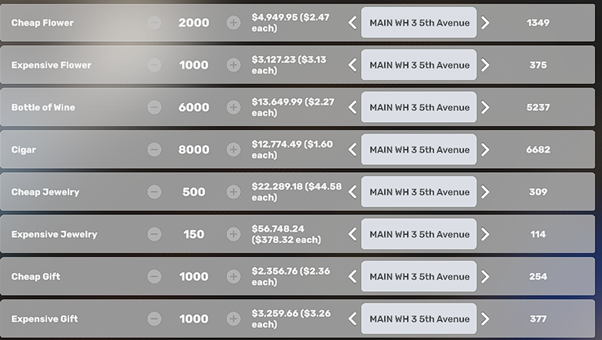
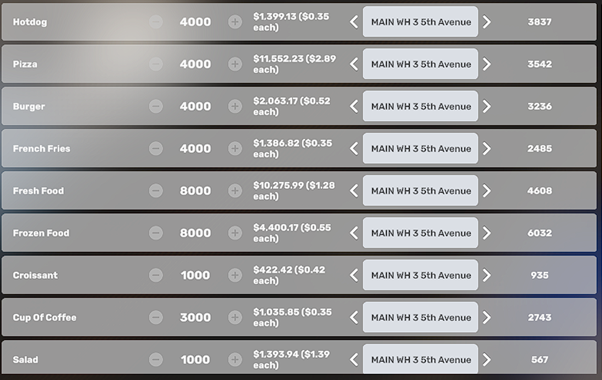
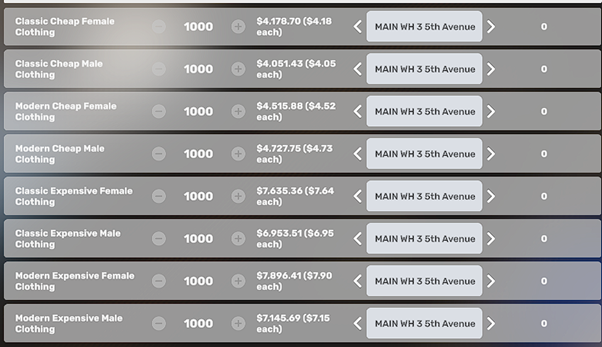 So, what you’re basically doing is having everything shipped straight to the next warehouse, skipping the main warehouse entirely. No stock should be left at the main warehouse, mate!
So, what you’re basically doing is having everything shipped straight to the next warehouse, skipping the main warehouse entirely. No stock should be left at the main warehouse, mate!
Chapter 5: Transporting
Once you’ve got your mode of transportation figured out, and all the cargo is in the main warehouse, it is time for you to start to think about the route.


You ship the goods that will be sold from each warehouse directly to that warehouse, so there’s no need to clutter up the main warehouse with extra stock. It’s all about keeping things organized and efficient, so you can get those packages moving from place to place in no time!
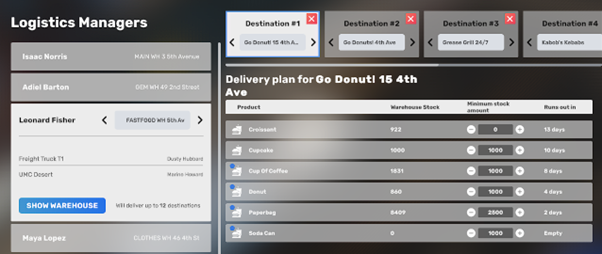 We gather up all the goods and products that are needed for a particular store, and then we ship them straight to that store from right here. That way, everything they need is right there and ready to go when they open up shop.
We gather up all the goods and products that are needed for a particular store, and then we ship them straight to that store from right here. That way, everything they need is right there and ready to go when they open up shop.
Chapter 6: Thank you and Goodbye
Remember, always keep your eye on the prize – efficient transport of goods and parcels, happy customers, and a growing business. Don’t be afraid to take risks, learn from your mistakes, and stay ahead of the competition.
With determination, hard work, and a little bit of luck, you’ll be well on your way to achieving your goals. So go forth, my friend, and may the logistics gods be ever in your favor. Good luck!
Thanks to Heartlance for his great guide, all credit to his effort. you can also read the original guide from Steam Community. enjoy the game.
Related Posts:
- Big Ambitions: Quick Guide to Warehousing and Logistics
- Big Ambitions: FAQs and Cheat Sheet
- Big Ambitions: Customer Capacity of Shop Items (Prices&Size&Content Amounts Included)

